our
experience
adventures
Lorem Ipsum is simply dummy text of the printing and typesetting industry. Lorem Ipsum has been the industry’s standard dummy text ever since the 1500s..

Are you ready for an
unforgettable adventure?
Are you ready for an unforgettable adventure? India, a land of extraordinary diversity, is waiting to take your breath away. Imagine exploring snow-capped Himalayan peaks, wandering through vibrant rainforests, experiencing the serenity of expansive plains, and marveling at the vastness of deserts—all in one country! Spanning 3.3 million square kilometers, India is the seventh-largest nation on Earth, home to over a billion people. Its rich blend of cultures and landscapes offers an experience unlike any other.
Separated from the rest of Asia by the majestic Himalayas, India boasts some of the highest mountains in the world. Challenge yourself with a trek to the base of K2 (8,611 meters) or Kangchenjunga (8,598 meters), two of the tallest peaks on the planet.
India’s diverse landscapes are divided into four unique regions that promise endless exploration:
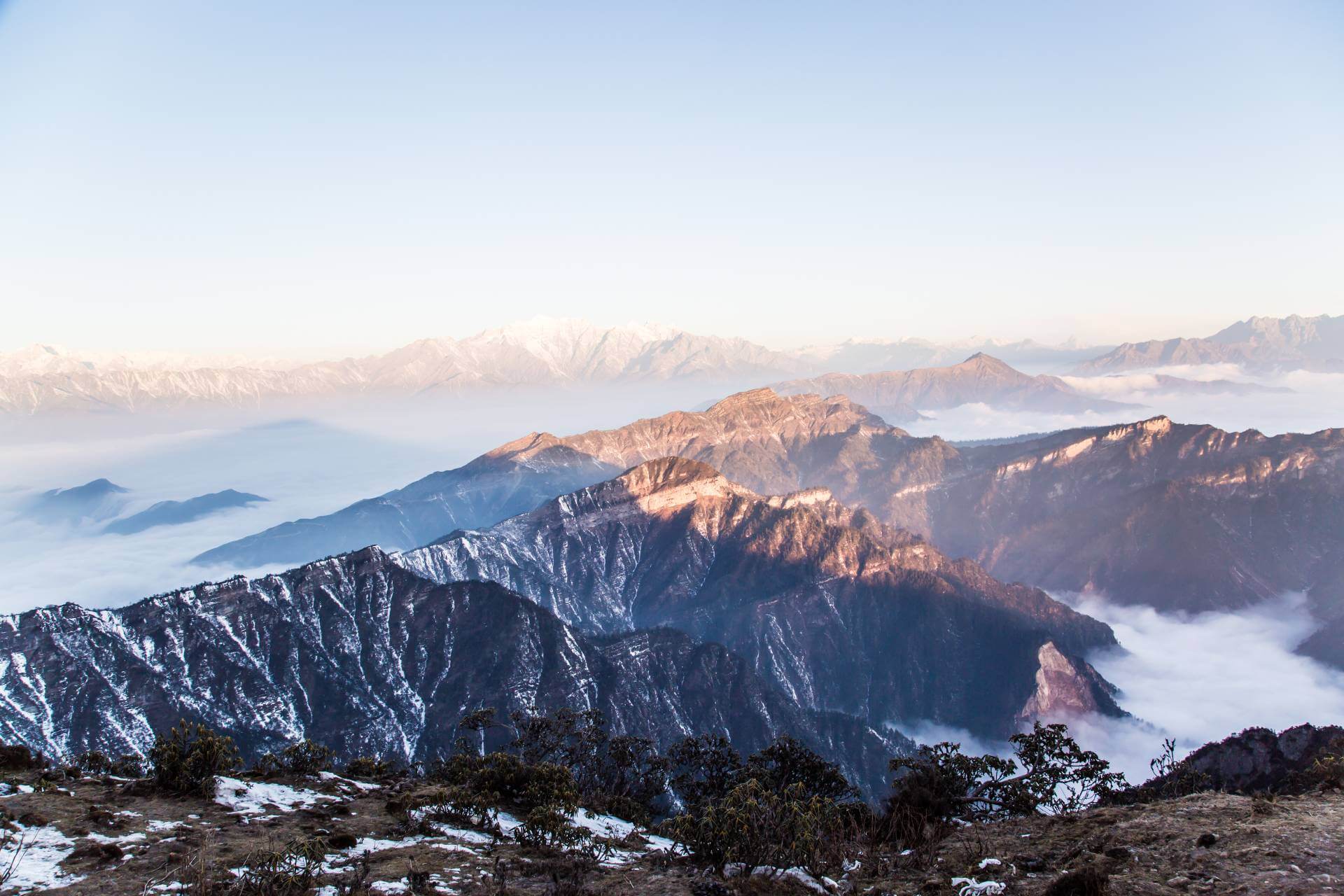
The Northern Mountain Region
A paradise for adventure seekers and nature lovers.
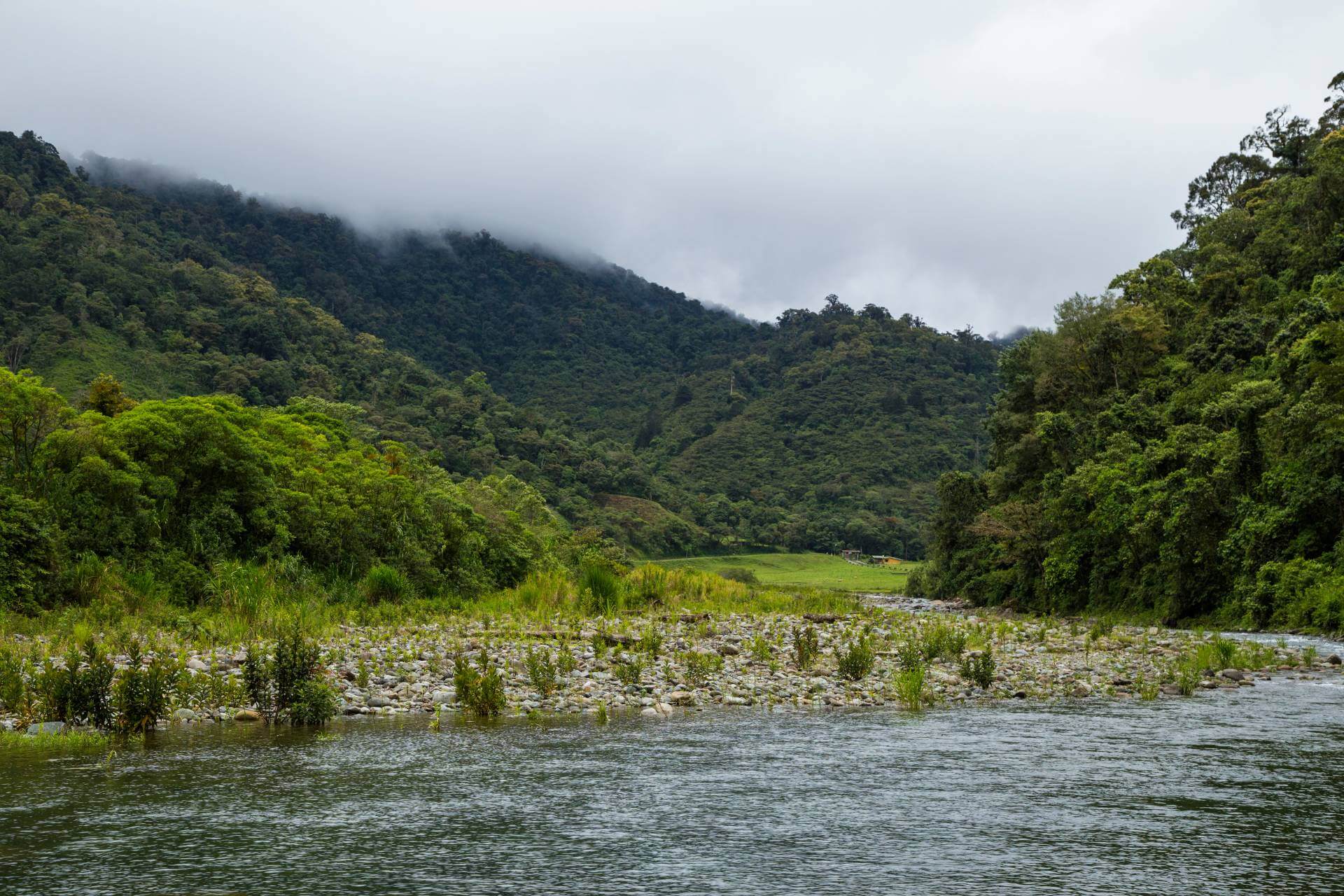
The Indo-Gangetic Plains
Home to sacred rivers and historical wonders.

The Desert Region
A land of vast, golden dunes and colorful traditions.

The Southern Peninsula
A tropical escape filled with beautiful beaches and lush greenery.
India shares its borders with intriguing neighboring countries, including Pakistan, China, Nepal, and Bhutan, making it a hub of fascinating history, culture, and travel routes. To the south, you can also explore island paradises like Sri Lanka, the Maldives, and Indonesia. Surrounded by the Bay of Bengal, the Arabian Sea, and the Indian Ocean, India offers endless coastal beauty and maritime adventures.
Discover India’s Rich Ethnic Diversity
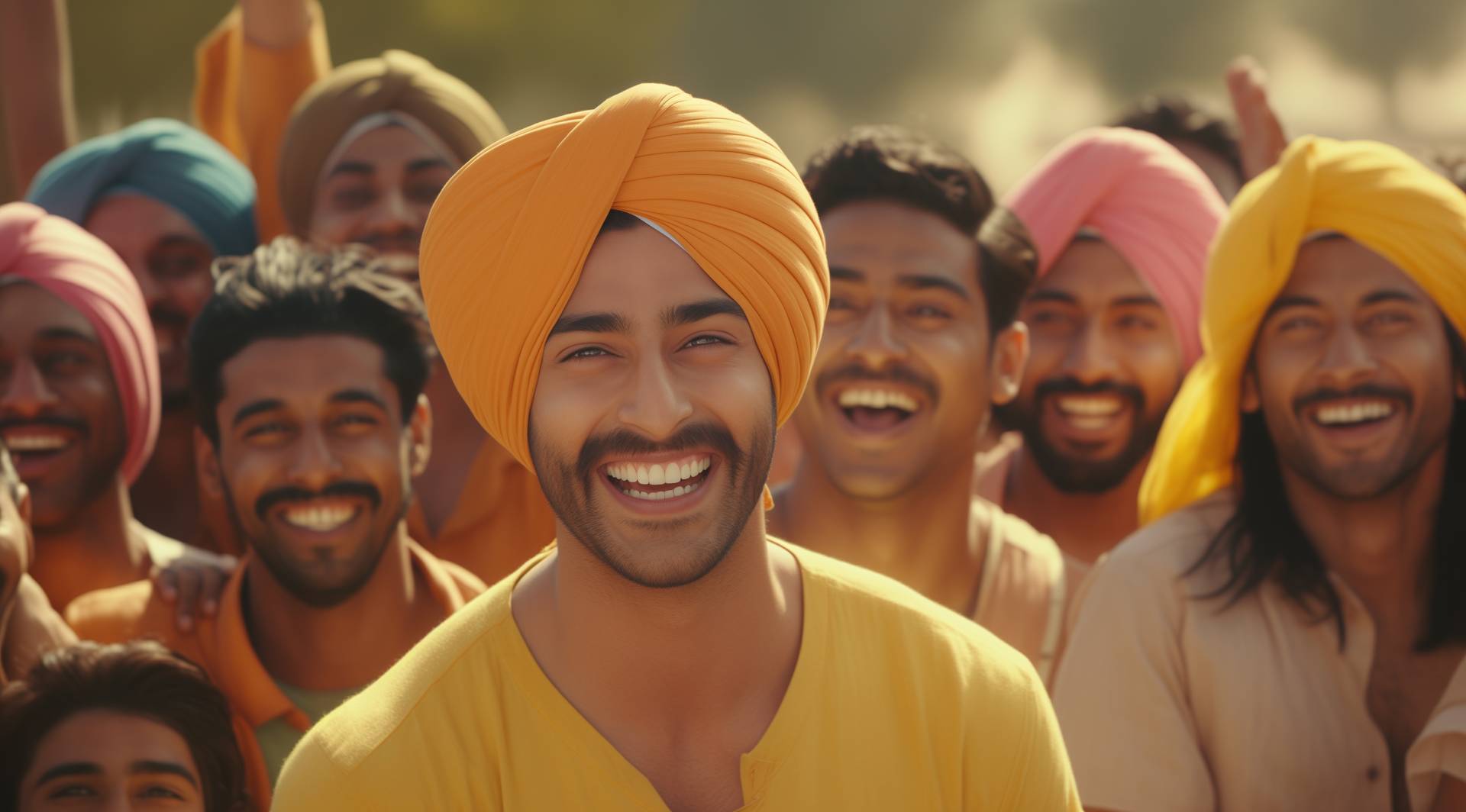
As one of the most culturally diverse countries in the world, India’s people are as varied as its landscapes. The country is a vibrant mosaic of ethnic groups, languages, and traditions, offering visitors a chance to immerse themselves in a world of fascinating cultural experiences:
- Indo-Aryans – The majority ethnic group, making up about 72% of the population, dominating northern and central India.
- Dravidians – Representing about 25% of the population, they bring a distinct cultural flavor to southern India with languages like Tamil, Telugu, and Malayalam.
- Tibeto-Burman Peoples – In the northeastern regions, you’ll meet communities with deep-rooted traditions and a unique way of life.
Adivasi (Indigenous Peoples) – Scattered across the country, India’s indigenous communities offer an authentic glimpse into the nation’s ancient cultures.
India is not just a place to visit—it’s a place to truly experience. Whether you’re exploring vibrant cities, ancient temples, or peaceful rural villages, the country’s rich ethnic diversity makes every moment an opportunity for discovery.
Explore India’s Geographical Regions

North India
Discover the dramatic landscapes of Jammu and Kashmir, with its towering mountains and tranquil lakes. Visit Punjab’s lush plains and sacred rivers, and experience the bustling energy of Delhi, India’s capital. Don’t miss Rajasthan’s golden deserts or the legendary Taj Mahal in Agra.

West India
This region is a beach lover’s dream, from the stunning shores of Goa to the coastal stretches of Gujarat and Maharashtra. Explore vibrant cities like Mumbai, then retreat to the Western Ghats, where rainforests and mountain trails await.
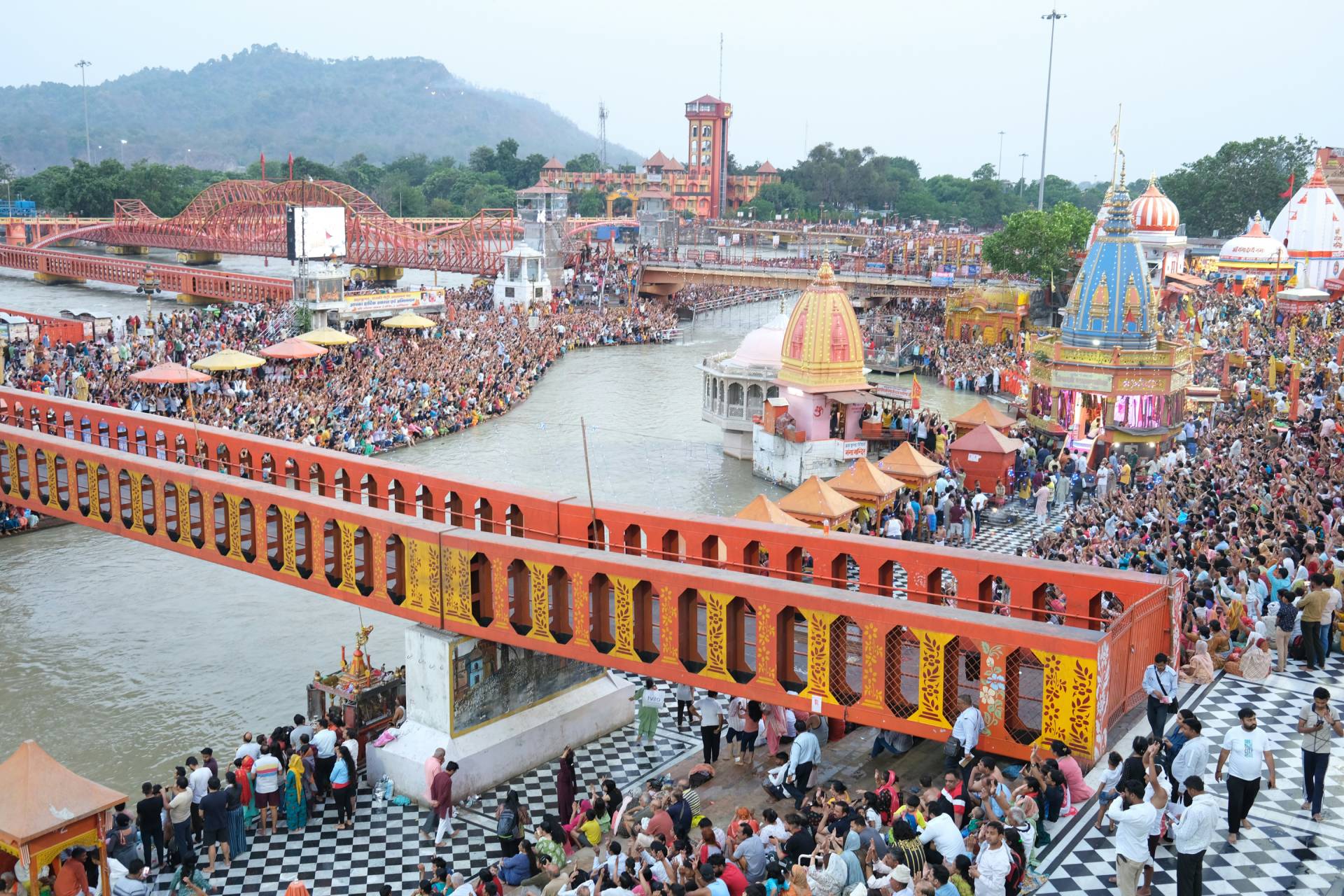
East India
Experience the serene beauty of the Ganges River and the Himalayan foothills. Visit peaceful temples and explore the eastern triangle, where the unique Naga Hills and dense forests meet the Myanmar border.
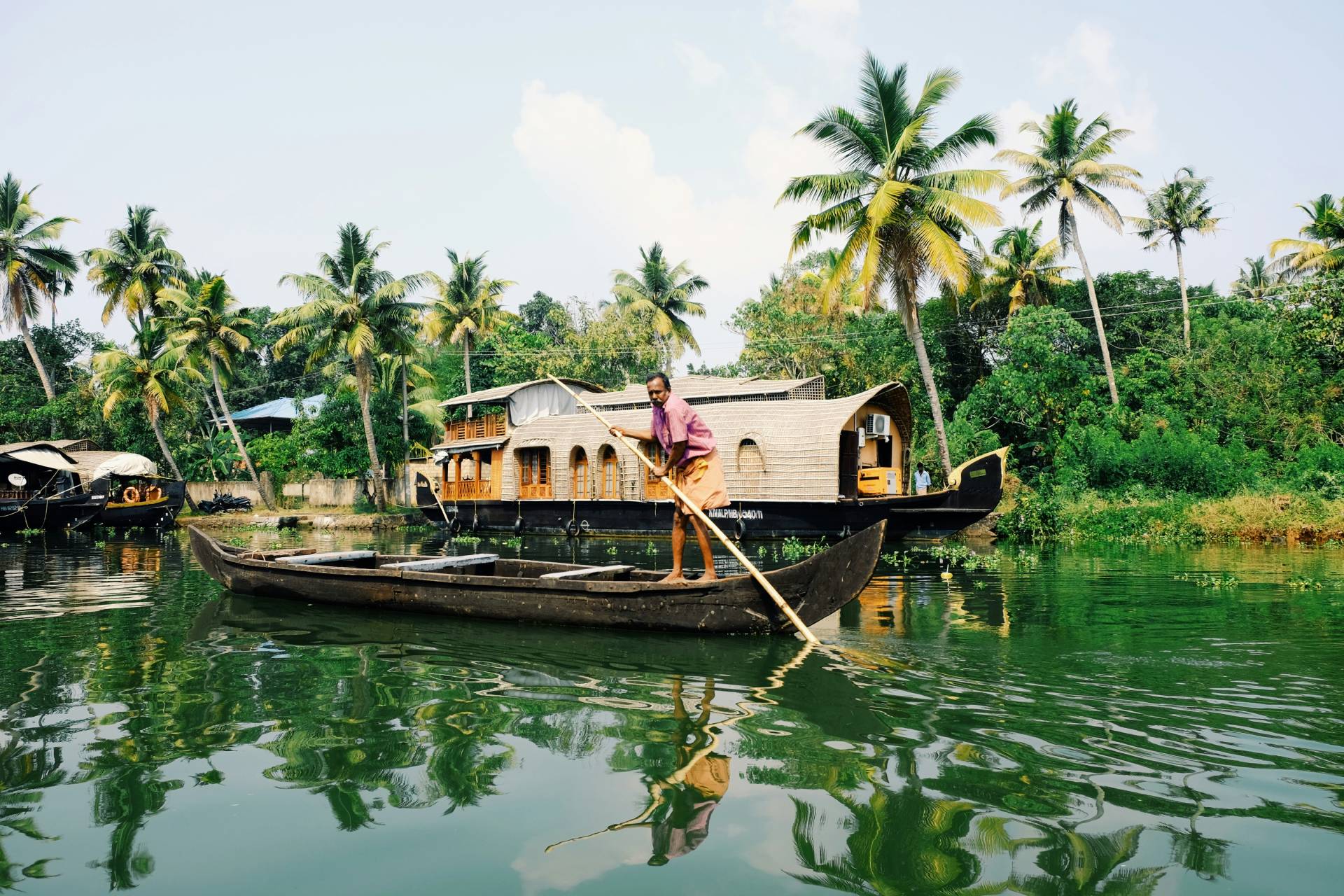
South India
If you’re seeking a tropical getaway, South India is your destination. From the rich history and temples of Tamil Nadu to the palm-fringed beaches of Kerala, this region offers a blend of culture and nature. Don’t miss the picturesque backwaters and scenic hill stations, perfect for a relaxing escape.
India, also known as Bharat or Hindustan, is a land where climates range from cool, alpine meadows near glaciers to tropical forests and sun-scorched deserts. This variety is mirrored in its incredible flora and fauna, making every journey through India a feast for the senses.
Ready to discover India’s magic? With its breathtaking natural beauty, vibrant cultures, and endless adventures, India offers an experience that will leave you in awe. Whether you’re looking for a spiritual retreat, an adventure-filled vacation, or a cultural deep dive, India is the destination that has it all. Start planning your journey to the heart of this incredible country today!
India: A Journey Through History
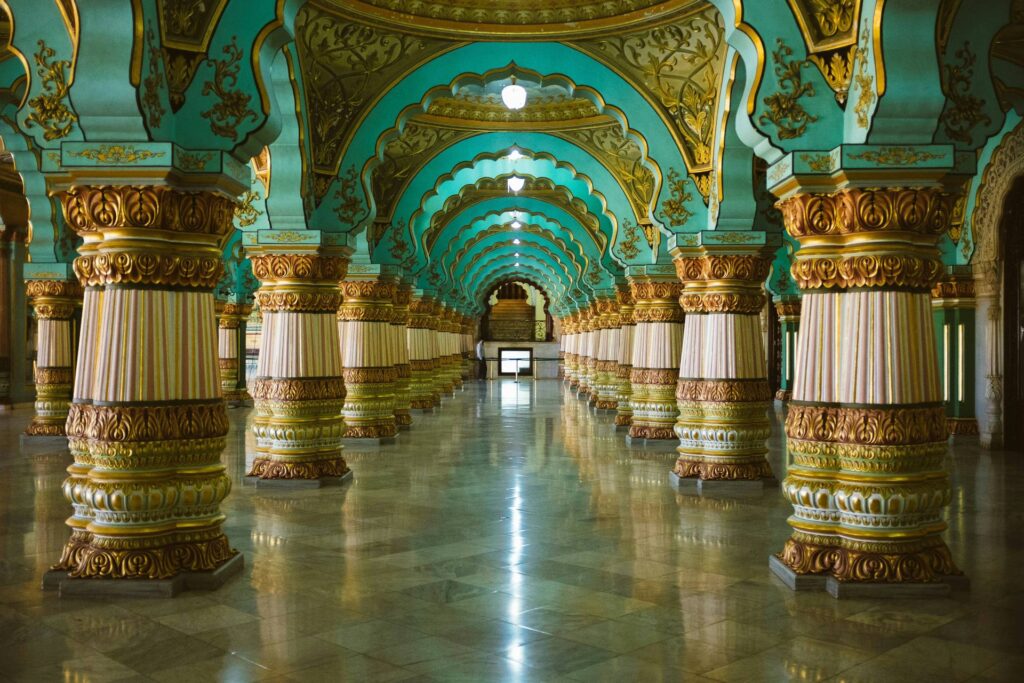
India’s history is a mesmerizing tapestry woven over millennia, filled with empires, dynasties, and civilizations that have shaped its present. One of the world’s oldest continuous civilizations, India’s past stretches back over 9,000 years, beginning with the rise of the Indus Valley Civilization and the arrival of the Aryans. Here is an overview of India’s rich historical journey, including its royal heritage and the legacies of its maharajas.
The Maurya Empire

The Maurya Empire rose to prominence in 321 BC, reaching its zenith under Emperor Ashoka, who embraced Buddhism after the Kalinga War in 262 BC. Ashoka’s reign is marked by the construction of iconic pillars and edicts, many of which can still be seen today at significant historical sites. Notable locations include:
- Delhi: Ashoka’s pillar stands near Feroz Shah Kotla.
- Gujarat: A renowned edict of Ashoka is located in Junagadh.
- Orissa (Odisha): Ashoka’s famous Rock Edicts are found in Dhauli.
- Sarnath, Uttar Pradesh: The site where Buddha first taught, marked by Ashoka’s pillar.
- Sanchi, Madhya Pradesh: Known for the Great Stupa, built during Ashoka’s reign.
Following the decline of the Mauryan Empire, the Gupta Empire was established in 319 AD by Chandragupta II. This period is known as the “Golden Age” of Indian culture, with flourishing arts and architecture. Masterpieces from this era can still be admired in:
- Ajanta and Ellora (Maharashtra): Renowned for their stunning rock-cut caves and Buddhist frescoes.
- Sanchi (Madhya Pradesh): An important site for ancient Buddhist architecture.
Sarnath (Uttar Pradesh): Where many significant Buddhist monuments were constructed.
The Mughal Era

The Mughal dynasty, from 1526 to 1858, left an indelible mark on India’s cultural and architectural heritage. The Mughal rulers, originating from modern-day Uzbekistan, united much of India under a single administration and were great patrons of art and architecture. The magnificent monuments from this era include:
- Taj Mahal (Agra, Uttar Pradesh): One of the Seven Wonders of the World, built by Shah Jahan.
- Fatehpur Sikri (Uttar Pradesh): A stunning city built by Emperor Akbar.
- Agra Fort (Uttar Pradesh): A massive red sandstone fort.
- Red Fort (Delhi): Built by Shah Jahan, it remains a symbol of India’s independence.
- Humayun’s Tomb (Delhi): The inspiration for the design of the Taj Mahal.
Many maharajas ruled semi-independently during the Mughal period, creating their own palaces and family estates. Some of the most famous royal residences include:
- City Palace (Jaipur, Rajasthan): Home to the royal family of Jaipur, the Kachwaha dynasty.
- Umaid Bhawan Palace (Jodhpur, Rajasthan): The last great palace built by Maharaja Umaid Singh, still partially occupied by the royal family of Jodhpur.
- Lake Palace (Udaipur, Rajasthan): Once a summer palace for the royal family of Udaipur, now a luxury hotel.
The British Empire

The British presence in India began in the 17th century and expanded rapidly after the decline of the Mughal Empire. The British East India Company established dominance in Bengal after the Battle of Plassey in 1757. By 1857, they controlled much of present-day India and Pakistan. The British rule was marked by the construction of grand colonial buildings, which stand to this day:
- Victoria Memorial (Kolkata): Built to honor Queen Victoria, this magnificent marble structure reflects British imperial architecture.
- Rashtrapati Bhavan (New Delhi): Once the Viceroy’s residence, now the official residence of the President of India.
During this time, many princely states remained under the rule of their respective maharajas, yet entered into agreements with the British. These maharajas continued to build splendid palaces:
- Mysore Palace (Karnataka): The royal seat of the Wodeyar dynasty, known for its dazzling architecture.
- Falaknuma Palace (Hyderabad): A stunning palace of the Nizams, now a luxury hotel.
India’s Fight for Independence

The struggle for India’s independence culminated in 1947, largely led by the non-violent resistance of Mahatma Gandhi. His leadership turned the fight against British rule into a mass movement, leading to India’s independence. India’s transformation after independence has been profound, developing its industries, agriculture, and establishing the world’s largest democracy.
Since gaining independence, India has made tremendous strides and continues to grow as a modern nation while cherishing its historic past.
Weather in India: A Comprehensive Guide for Travelers
Before planning your trip to India, it’s essential to understand the country’s diverse and volatile weather patterns, which can drastically change from one region to another. From scorching summers to refreshing monsoons and cool winters, India offers a varied climate all year round. Knowing when and where to visit can help you make the most of your experience. Along with average temperature ranges, this guide also highlights some of the best times to visit, popular regional festivals, and suggestions based on the seasons. Furthermore, we’ll explore the recent weather volatility India has faced over the past five years and point out the optimal regions to visit year-round.
Recent Weather Trends and Volatility (Last 5 Years)
Over the last five years, India has experienced noticeable fluctuations in temperature and weather patterns, largely attributed to climate change. Summer temperatures in northern plains, particularly in cities like Delhi and Jaipur, have reached unprecedented highs of 48°C. Similarly, coastal regions have faced increasingly humid conditions, while monsoon seasons have become more unpredictable, with intense floods and dry spells alternating unpredictably in states like Kerala and Maharashtra. Winter temperatures, particularly in northern India, have also experienced extreme cold snaps, with Delhi witnessing one of the coldest winters on record in 2020.
For travelers, understanding these shifts is critical for planning, especially when venturing into regions prone to monsoon floods or summer heatwaves.
Weather by Region
India’s geography and size mean the climate varies greatly between regions. Here’s a breakdown by season and region:
1. Summer Season in India (March to June)

- North India: During the summer, northern plains like Delhi, Agra, and Rajasthan face extreme heat, with temperatures ranging between 35°C to 48°C. Hill stations like Shimla, Manali, and Nainital provide a refreshing escape with temperatures ranging from 15°C to 25°C.
- Best Places to Visit: Shimla, Manali, Nainital (hill stations)
- Notable Festivals: Holi (March) – celebrated across North India, especially in Vrindavan and Mathura.
- South India: South India’s coastal regions (Kerala, Tamil Nadu) experience moderate temperatures between 25°C and 35°C with high humidity. Bangalore and Hyderabad have milder, more comfortable temperatures.
- Best Places to Visit: Ooty, Munnar, Bangalore, Western Ghats
- Notable Festivals: Thrissur Pooram (Kerala, April-May)
- East and West India: The western deserts of Rajasthan face severe dry heat, with temperatures as high as 48°C. In contrast, cities like Mumbai and Kolkata experience high humidity, with temperatures ranging between 30°C and 38°C.
- Best Places to Visit: Udaipur, Mount Abu, Ahmedabad (for desert experiences)
Notable Festivals: Gudi Padwa (Maharashtra)
2. Monsoon Season in India (June to September)

- North India: Northern India cools slightly during the monsoon, with temperatures ranging from 25°C to 35°C. However, heavy rainfall in mountainous regions like Himachal Pradesh and Uttarakhand can cause landslides.
- Best Places to Visit: Uttarakhand, Himachal Pradesh (avoid landslide-prone areas)
- Notable Festivals: Teej (Rajasthan, August)
- South India: South India faces heavy rains during this season, particularly in Kerala and Karnataka, with temperatures falling between 23°C and 30°C. Kerala’s backwaters are stunning post-monsoon, and the Nehru Trophy Boat Race is a highlight.
- Best Places to Visit: Kerala backwaters, Coorg, Western Ghats
- Notable Festivals: Onam (Kerala, August-September)
- East and West India: Monsoon brings heavy rainfall to Kolkata and Mumbai, with flooding common in these regions. Goa, while experiencing heavy showers, transforms into a lush green paradise with fewer crowds.
- Best Places to Visit: Goa (off-season charm)
- Notable Festivals: Ganesh Chaturthi (Mumbai, August-September)
3. Autumn Season in India (October to November)

- North India: Autumn is an ideal time to visit northern India, with pleasant daytime temperatures between 20°C and 30°C and cooler nights (10°C to 15°C). This is perfect for sightseeing in cities like Delhi, Agra, and Jaipur.
- Best Places to Visit: Delhi, Agra, Jaipur (Golden Triangle)
- Notable Festivals: Diwali (celebrated nationwide)
- South India: With little to no rain, places like Mysore and Hampi are ideal during autumn, with clear skies and mild temperatures between 25°C and 30°C. Beach holidays in Kerala and Tamil Nadu are also enjoyable during this period.
- Best Places to Visit: Mysore, Hampi, Kerala beaches
- Notable Festivals: Mysore Dasara (Karnataka)
- East and West India: The weather becomes cooler and drier, perfect for travel and outdoor activities. Cities like Kolkata, with its vibrant Durga Puja celebrations, come alive during this period.
- Best Places to Visit: Kolkata, Goa
Notable Festivals: Durga Puja (Kolkata)
- North India: Autumn is an ideal time to visit northern India, with pleasant daytime temperatures between 20°C and 30°C and cooler nights (10°C to 15°C). This is perfect for sightseeing in cities like Delhi, Agra, and Jaipur.
4. Winter Season in India (December to February)

- North India: Winter in northern India is ideal for exploring hill stations and enjoying snow sports. Temperatures can drop to sub-zero levels in the hills, while plains like Delhi and Uttar Pradesh experience chilly conditions, ranging between 5°C to 20°C.
- Best Places to Visit: Manali, Gulmarg, Delhi (for those who enjoy winter)
- Notable Festivals: Christmas (celebrated across hill stations and cities)
- South India: The southern states experience mild and pleasant weather between 20°C and 27°C, making it the best time to visit Kerala’s backwaters or Tamil Nadu’s beaches. The region attracts many tourists during this period.
- Best Places to Visit: Kerala, Tamil Nadu beaches, Bangalore
- Notable Festivals: Pongal (Tamil Nadu, January)
- East and West India: East and West India enjoy comfortable winter temperatures between 20°C and 28°C. The beaches of Goa are a prime winter destination, and Kolkata offers a cooler breeze, perfect for exploring its colonial heritage.
- Best Places to Visit: Goa, Kolkata
Notable Festivals: Sunburn Festival (Goa, December)
The Optimal Region for Year-Round Travel
- If you’re looking for a destination in India that offers favorable weather throughout the year, South India, specifically Kerala and Tamil Nadu, stand out as the most consistent and comfortable regions to visit. With temperatures ranging from 20°C to 35°C year-round, mild winters, cooler summers in the hill stations, and breathtaking landscapes during the monsoon, this region is ideal for a 12-month travel itinerary. Kerala’s backwaters, beaches, and the Western Ghats provide diverse experiences for travelers, making it the top recommendation for year-round visits.
- By understanding the weather patterns and recent trends in India, you can make the most of your trip while avoiding extreme temperatures or weather-related disruptions. Regardless of the season, India offers endless possibilities for exploration and adventure.
India offers a multitude of vibrant festivals
India offers a multitude of vibrant festivals that attract tourists from around the globe, each deeply rooted in culture, tradition, and religion. These festivals are celebrated year-round and in various regions, allowing visitors to experience India’s rich heritage. However, weather conditions can vary greatly depending on the time and place, so it’s essential to be prepared. Let’s explore some of the top festivals celebrated by foreign tourists, the best places to experience them, and weather-related risks to consider.
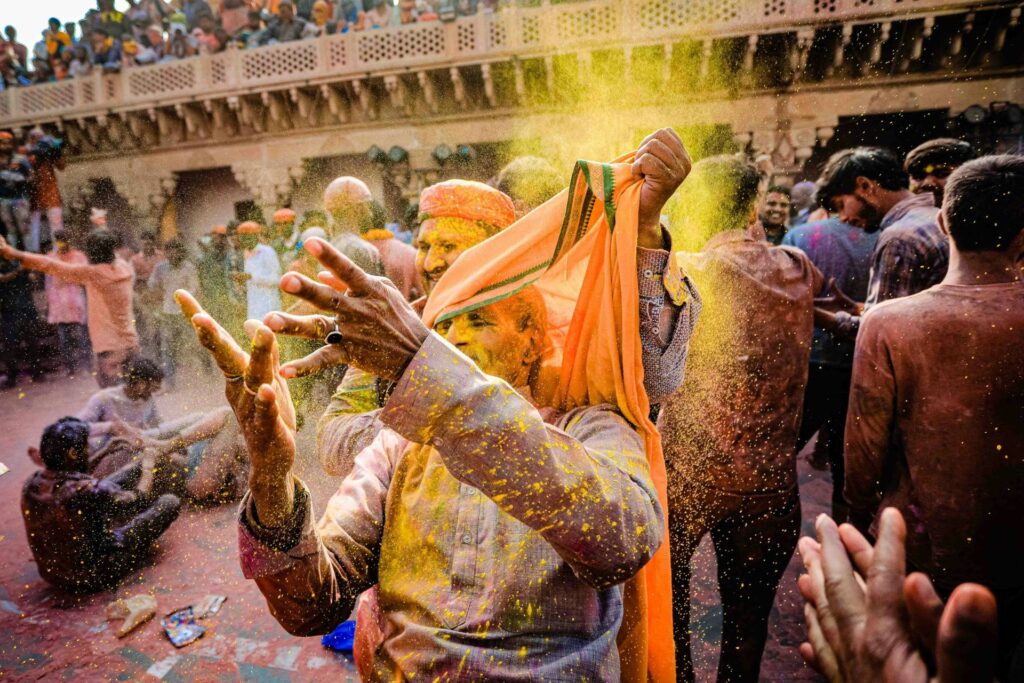
Holi
When: March
Where: Nationwide, with special celebrations in Mathura and Vrindavan (Uttar Pradesh)
Description: Holi, known as the “Festival of Colours,” is one of India’s most iconic and globally recognized celebrations. Mathura and Vrindavan, the birthplace of Lord Krishna, host some of the grandest festivities. Tourists from all over the world gather in these towns to drench each other in vibrant colored powders, participate in dance, and enjoy music. These areas see massive footfall, and community events offer tourists an authentic experience.
Weather Risks: During Holi, the temperatures can range from 20°C to 30°C, which is generally comfortable. However, in some northern regions, pre-summer heat can cause mild dehydration, so visitors should stay hydrated and protect themselves from the sun.
Diwali
When: October-November
Where: Nationwide, with major celebrations in Jaipur (Rajasthan), Delhi, and Varanasi (Uttar Pradesh)
Description: Diwali, the “Festival of Lights,” is celebrated nationwide, symbolizing the victory of light over darkness. Jaipur’s streets are adorned with decorative lights, and Varanasi features stunning evening river ceremonies on the Ganges, along with firework displays. Tourists can witness homes and public places lit up with oil lamps and partake in sweets and prayers.
Weather Risks: The temperatures during Diwali range from 15°C to 25°C, which is pleasant for sightseeing. However, in northern India, early winter can sometimes bring a chill to the evening air, so warm clothing is advisable, especially in hill regions like Rishikesh.

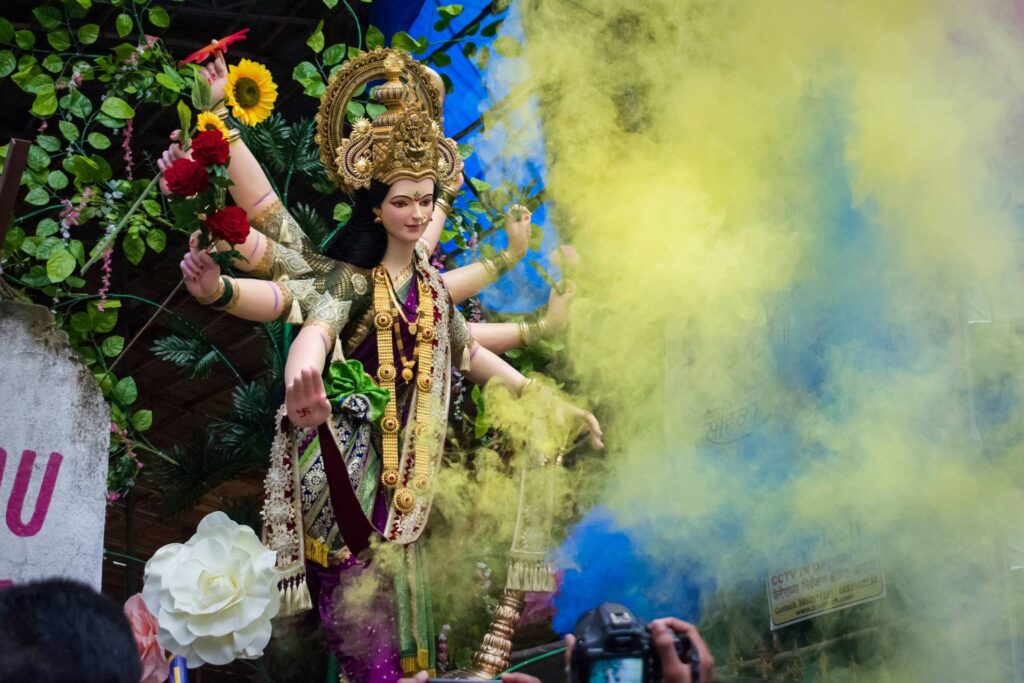
Durga Puja
When: September-October
Where: Mainly in West Bengal, especially in Kolkata
Description: Durga Puja is the most important festival in Bengal, where it is celebrated with immense fervor. The city of Kolkata transforms with colorful lights, music, and gigantic pandals (temporary shrines) that are meticulously crafted for the celebration. Visitors can enjoy dance performances, vibrant street parades, and Bengali street food.
Weather Risks: With temperatures ranging from 25°C to 30°C, Kolkata’s weather is generally humid during Durga Puja. Monsoon rains sometimes overlap with this period, leading to unexpected showers and occasional flooding, so carrying an umbrella or raincoat is advisable.
Janmashtami
When: August
Where: Celebrated nationwide, with grand events in Mathura, Vrindavan (Uttar Pradesh), and Mumbai (Maharashtra)
Description: Janmashtami marks the birth of Lord Krishna and is celebrated with religious fervor, especially in Mathura and Vrindavan. Temples are decorated, and visitors can participate in devotional singing and prayers. In Mumbai, the festival is highlighted by “Dahi Handi” (pot-breaking competitions), a thrilling event for tourists to witness or even join.
Weather Risks: Temperatures range from 25°C to 35°C during Janmashtami. Monsoon rains may still be active, particularly in Maharashtra, so tourists should be prepared for heavy showers and slippery streets, particularly during outdoor events like Dahi Handi.

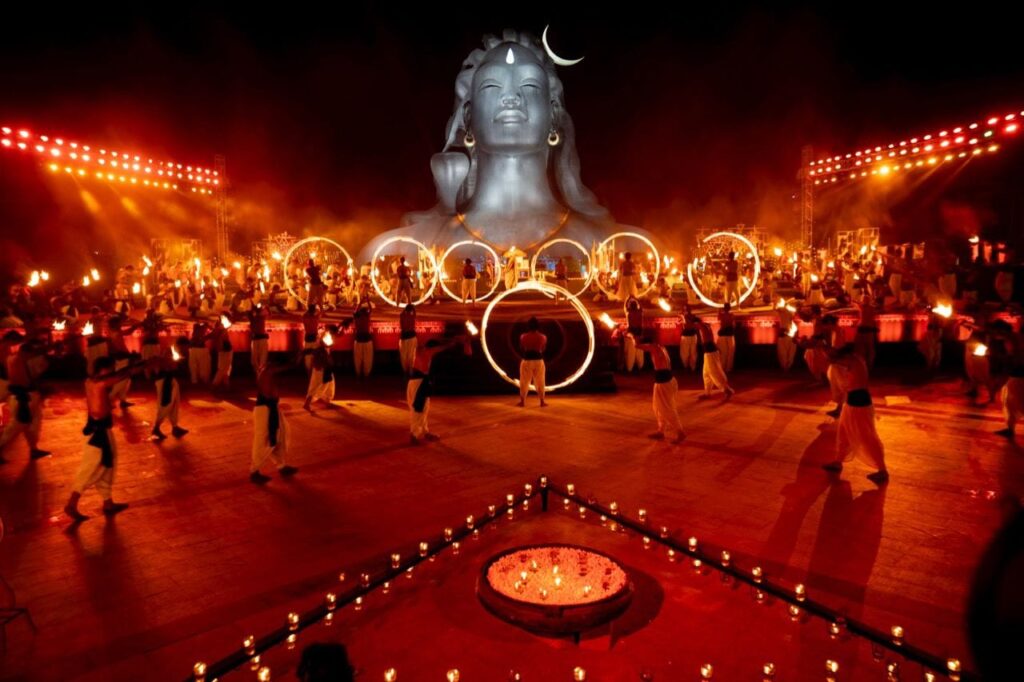
Mahashivratri
When: February-March
Where: Celebrated nationwide, with notable festivities in Varanasi (Uttar Pradesh), Ujjain (Madhya Pradesh), and Isha Yoga Center (Coimbatore, Tamil Nadu)
Description: Mahashivratri is dedicated to Lord Shiva and is marked by all-night vigils, prayers, and meditation. The Isha Yoga Center in Coimbatore holds one of the largest Mahashivratri gatherings, with guided meditation, cultural performances, and musical concerts that draw tourists and spiritual seekers from around the world.
Weather Risks: Temperatures range from 15°C to 25°C during this time. While the weather is generally mild, visitors to northern regions like Varanasi may experience cooler evenings, so light layers are recommended.
Sao Joao
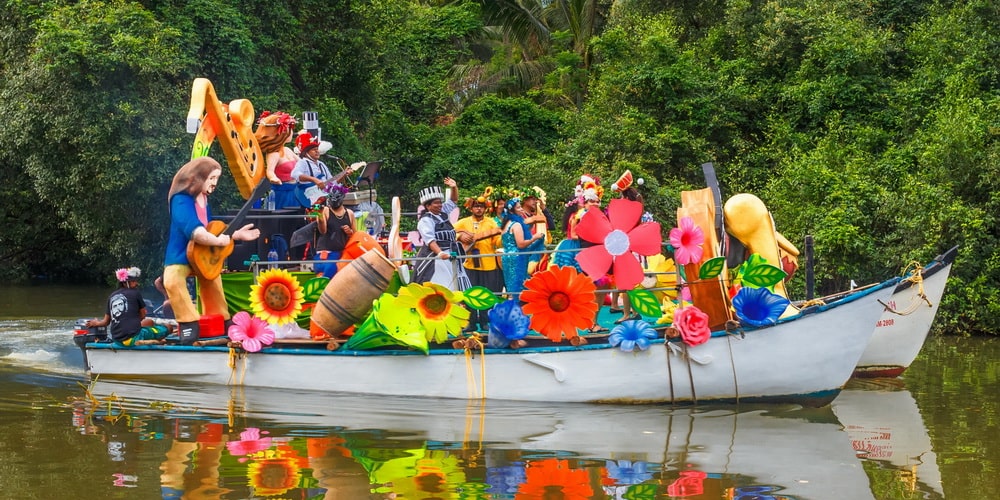

Ganesh Chaturthi
When: August-September
Where: Mumbai (Maharashtra), Pune, and other parts of Maharashtra, as well as Goa
Description: Ganesh Chaturthi celebrates the birth of Lord Ganesha, the elephant-headed god of wisdom and prosperity. In Mumbai and Pune, the festival takes over the cities with massive processions, artistic idols, and public celebrations. Visitors can witness the immersion of large Ganesha idols into the sea, a spectacle best observed at Girgaum Chowpatty in Mumbai. Tourists can also enjoy the traditional Maharashtrian cuisine offered at community gatherings.
Weather Risks: Temperatures range from 25°C to 32°C, but this is the tail end of the monsoon season. Heavy rains are common in Mumbai and Pune during Ganesh Chaturthi, which can lead to waterlogging and disruptions in travel. It’s essential to carry umbrellas and waterproof clothing while navigating the festival crowds.
Pongal
When: January
Where: Tamil Nadu, with major festivities in Chennai and Madurai
Description: Pongal is a harvest festival celebrated with joy in Tamil Nadu, marking the season of abundance. Tourists visiting Tamil Nadu during Pongal can experience traditional Tamil customs, including the preparation of sweet rice (Pongal), bull-taming events like Jallikattu in Madurai, and festive processions. Cities like Chennai are adorned with vibrant decorations, and temples hold special ceremonies during this time.
Weather Risks: With temperatures ranging from 20°C to 28°C, the weather is mild and pleasant in Tamil Nadu, making it one of the best times to visit the region. There are minimal weather-related risks, but travelers should prepare for large crowds during public celebrations.

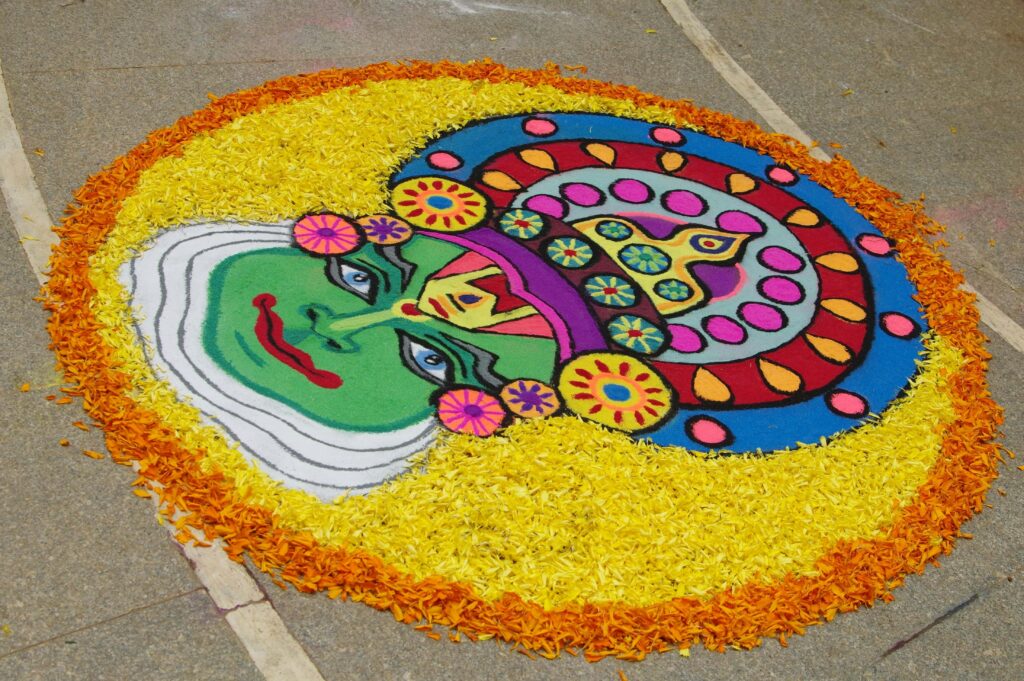
Onam
When: August-September
Where: Kerala, especially Kochi, Trivandrum, and Thrissur
Description: Onam is the largest festival in Kerala, marking the homecoming of the legendary King Mahabali. The festivities last for ten days, with events such as traditional Vallam Kali (boat races) in Alleppey, Kathakali performances, and the grand Thrissur Pooram parade. Visitors can enjoy Kerala’s cultural heritage through its dance, music, and the famous Onam Sadhya (traditional feast served on banana leaves).
Weather Risks: Temperatures during Onam range from 23°C to 30°C. However, it coincides with Kerala’s heavy monsoon rains, so travelers should be prepared for frequent downpours, especially if they are attending outdoor events like boat races. Flooding can be an issue in some regions.
Baisakhi
When: April
Where: Punjab, with grand celebrations in Amritsar and Ludhiana
Description: Baisakhi is the harvest festival of Punjab and also commemorates the formation of the Khalsa (Sikh warrior community). In Amritsar, the Golden Temple is a focal point for Baisakhi celebrations, with prayers, processions, and cultural performances. Tourists can witness traditional Bhangra and Gidda dances, taste Punjabi food, and participate in the joyous celebrations across the state.
Weather Risks: The weather in Punjab during Baisakhi is generally warm, with temperatures ranging from 25°C to 35°C. While there is little risk of rain, the heat can be intense during the daytime, so visitors should stay hydrated and use sun protection.
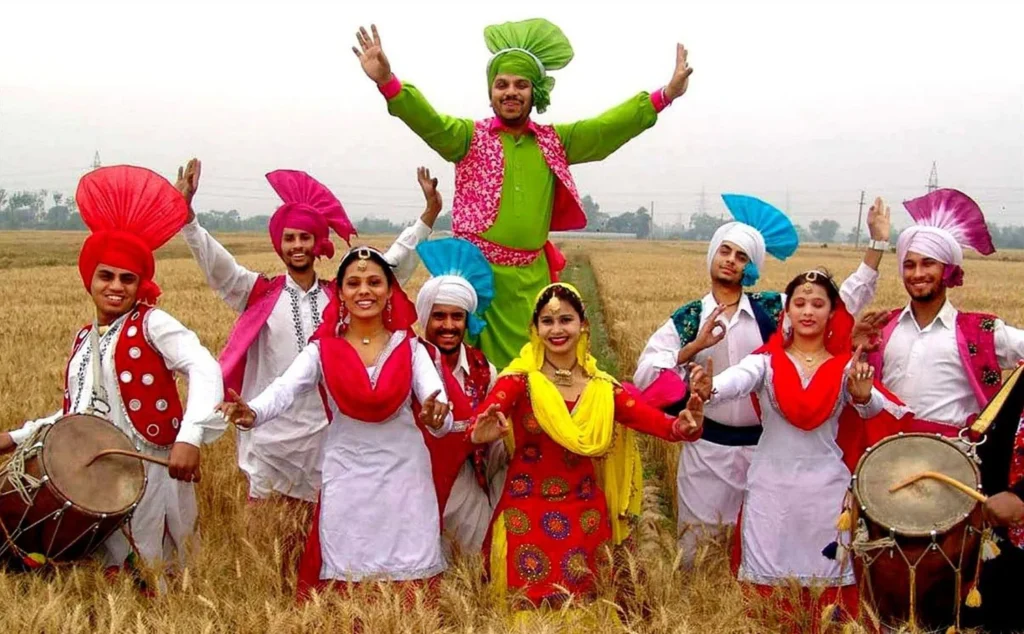
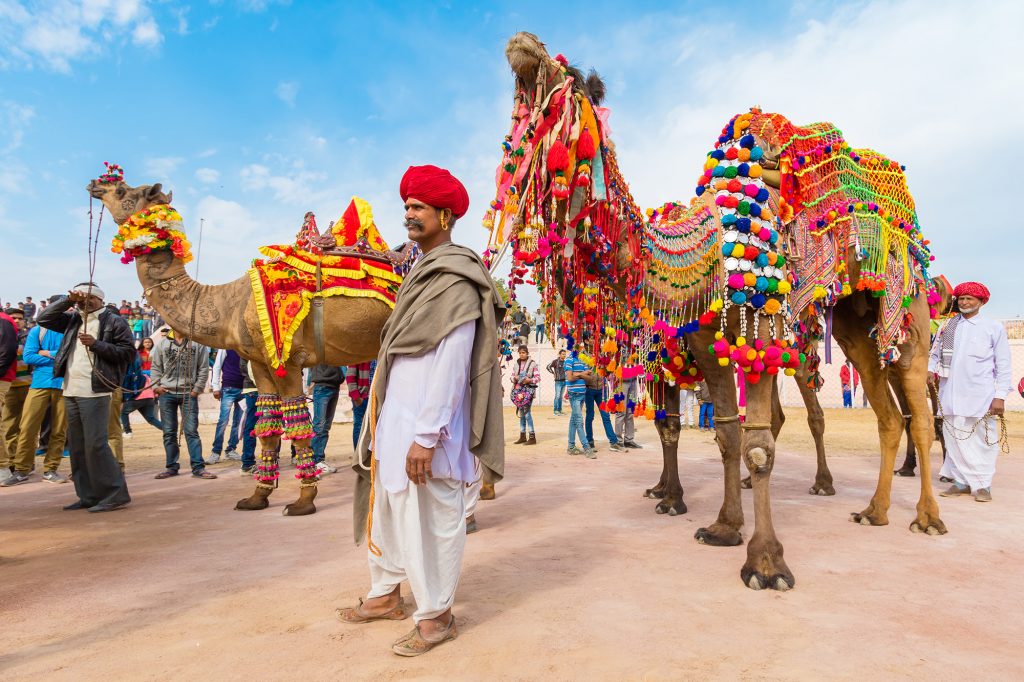
Pushkar Camel Fair
When: October-November
Where: Pushkar (Rajasthan)
Description: The Pushkar Camel Fair is one of India’s largest livestock fairs and a unique cultural experience. Held in the town of Pushkar, this fair is famous for its camel races, livestock trading, cultural performances, and vibrant bazaars. Tourists can also visit the sacred Pushkar Lake and the Brahma Temple, the only one of its kind in India.
Weather Risks: Temperatures in Pushkar during the fair range from 15°C to 30°C, making it an ideal time to visit Rajasthan. However, desert temperatures can drop significantly at night, so tourists should carry light jackets to stay warm during evening events.
Kumbh Mela
When: Every 12 years (rotates between Haridwar, Prayagraj, Ujjain, and Nashik), with an Ardh Kumbh Mela every six years
Where: Prayagraj (Uttar Pradesh), Haridwar (Uttarakhand), Nashik (Maharashtra), Ujjain (Madhya Pradesh)
Description: Kumbh Mela is the largest religious gathering in the world, attracting millions of devotees and tourists. The pilgrimage is held at four sacred riverside locations, where people bathe in the holy rivers to cleanse themselves of sins. The Prayagraj Kumbh Mela is particularly famous for its scale and grandeur. It’s a deeply spiritual event, with holy men, religious discourses, and elaborate rituals.
Weather Risks: Weather varies depending on the location of the Kumbh Mela. In Prayagraj and Haridwar, temperatures can range from 10°C to 25°C during the winter months, making it comfortable for visitors. However, Nashik and Ujjain, held during the summer or monsoon seasons, may experience high heat or heavy rainfall, so visitors should plan accordingly and pack suitable clothing for the conditions.
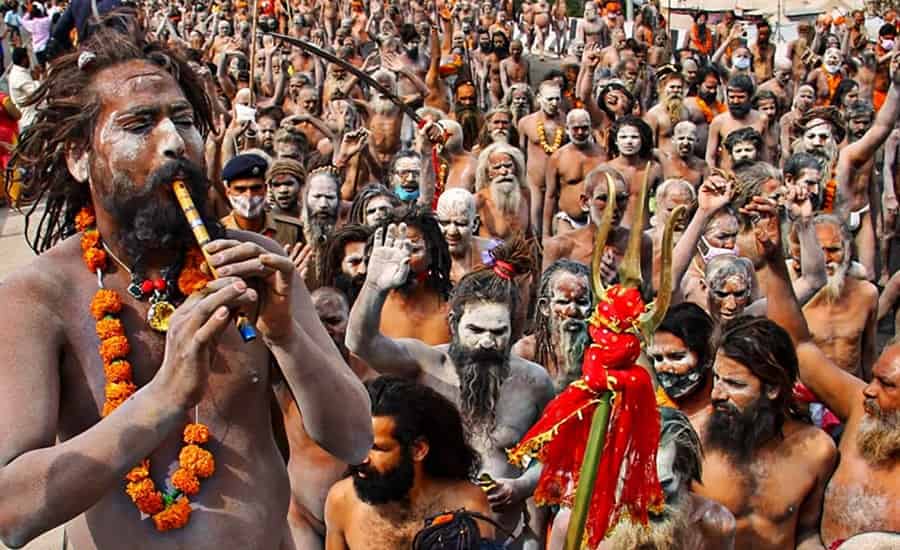

Lohri
When: January
Where: Punjab, with major celebrations in Amritsar, Chandigarh, and Ludhiana
Description: Lohri is a traditional Punjabi festival that marks the end of winter and the beginning of the harvest season. It is celebrated with bonfires, dance, and singing. Tourists can enjoy Punjabi hospitality, witness traditional Bhangra performances, and participate in the communal festivities that take place in cities and rural areas alike.
Weather Risks: Lohri takes place in the heart of winter, with temperatures ranging from 10°C to 20°C. While the cold is mild compared to other parts of India, travelers should be prepared for chilly evenings, especially around the bonfires.
Nag Panchami
When: July-August
Where: Celebrated across Maharashtra, Karnataka, and West Bengal, with significant rituals in Ujjain and Varanasi
Description: Nag Panchami is a unique festival dedicated to the worship of serpents, particularly the cobra. Celebrations are especially prominent in Maharashtra and Karnataka, where devotees offer milk to snake idols or, in some places, live snakes. Ujjain and Varanasi hold significant religious processions during this time.
Weather Risks: With temperatures ranging from 25°C to 35°C, this festival occurs during the monsoon season. Heavy rains can make outdoor events challenging, and visitors should be aware of possible waterlogging or disruptions in travel due to flooding in some areas.
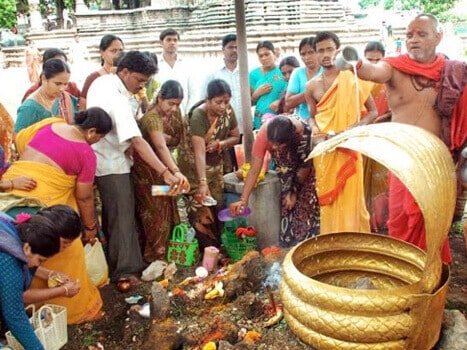

Makar Sankranti
When: January
Where: Celebrated nationwide, with major festivities in Gujarat (especially in Ahmedabad) and Jaipur (Rajasthan)
Description: Makar Sankranti marks the end of winter and is celebrated with kite flying, bonfires, and feasts. In Gujarat, the International Kite Festival in Ahmedabad draws thousands of tourists who watch the sky fill with colorful kites. Jaipur also hosts grand kite-flying events during this festival.
Weather Risks: Temperatures during Makar Sankranti range from 15°C to 25°C, offering pleasant weather for outdoor activities. There are minimal weather risks, but the early morning and evening chill may require light layers of clothing.
Best Time and Region to Visit
India’s vastness means that while one region might be experiencing heavy rain, another may be basking in sunshine. Rajasthan and Goa offer more stable climates for tourists year-round, with Rajasthan’s dry desert climate and Goa’s coastal breeze offering consistent pleasant weather. From October to March, the weather across much of India, including Delhi, Rajasthan, Kerala, and Goa, is optimal for travel, with mild to warm temperatures and less rain.
For travelers aiming to avoid the monsoon season (June to September), northern areas like Himachal Pradesh and Leh-Ladakh offer great summer retreats. Kerala and Tamil Nadu in the south are ideal in winter months for their pleasant temperatures.

 919037789225
919037789225
 info@europeaninindia.com
info@europeaninindia.com